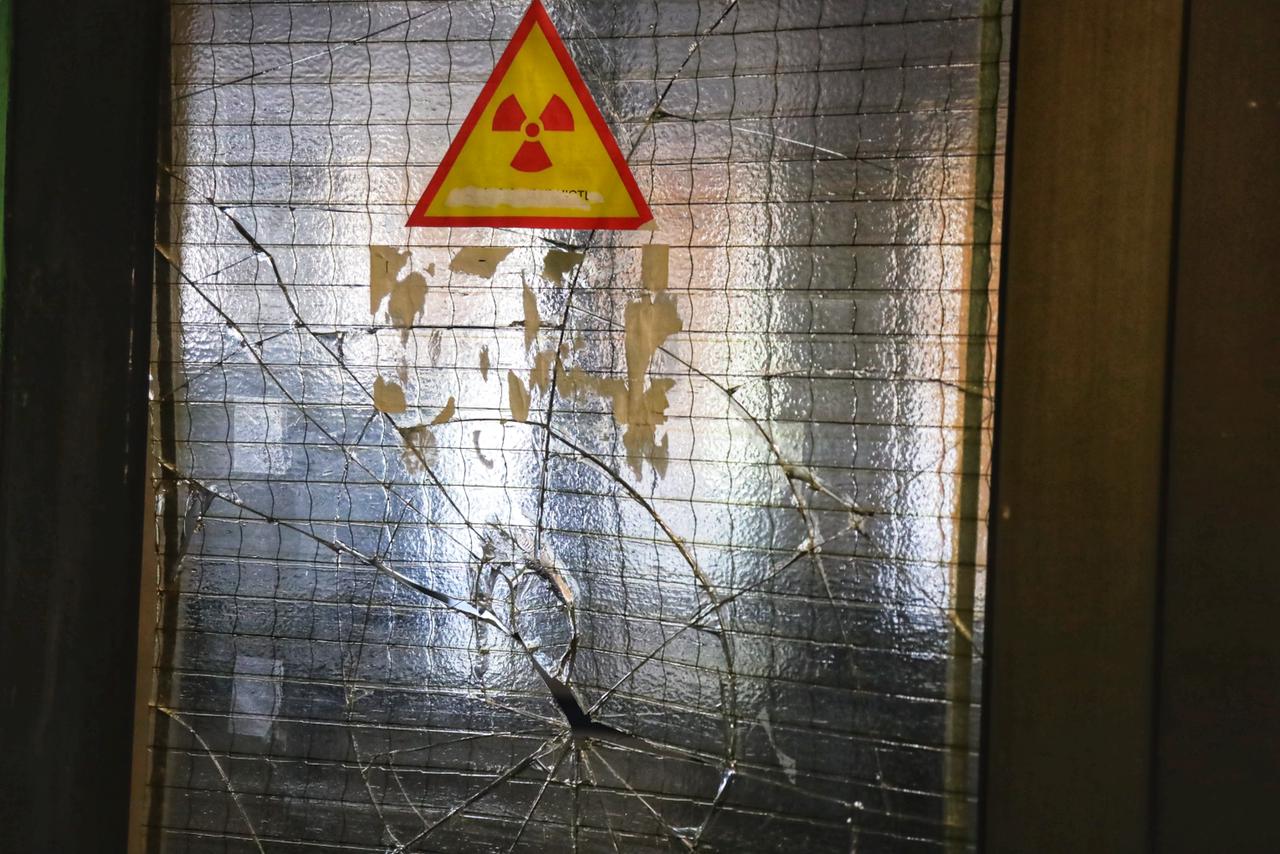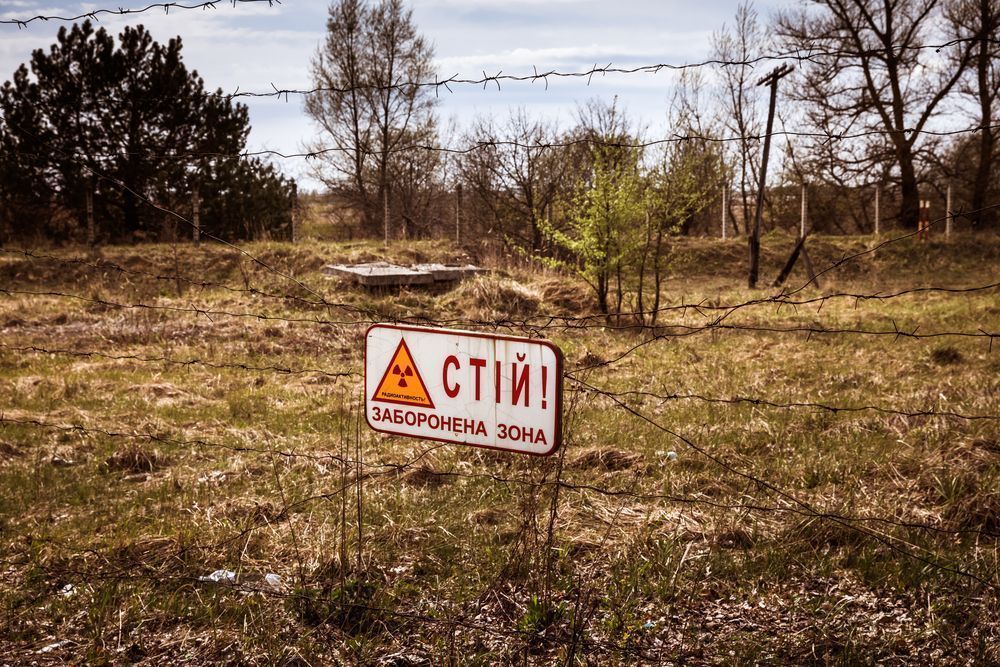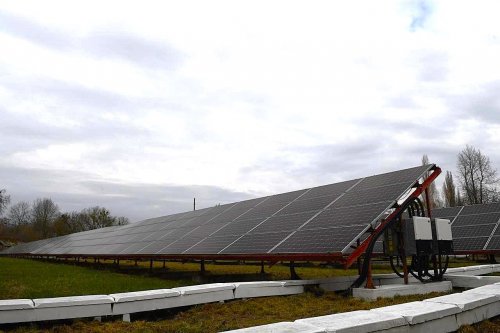On April 26, 1986, the largest man-made disaster in human history occurred. During an experiment at the 4th reactor of the Chernobyl nuclear power plant, two powerful explosions occurred. This resulted in the release of radioactive dust into the Earth's atmosphere.
For several days, hundreds of firefighters and rescuers from emergency services fought the fire at the fourth power unit. Many of them died as a result of exposure to radiation sickness.
EcoPolitic has prepared facts about the consequences of the Chernobyl accident for its readers.

Radiation and consequences of an explosion at a nuclear power plant
As you know, wind currents carried radioactive isotopes to the northwest, contaminating land and water resources. Ukraine suffered the greatest losses among the former republics of the Soviet Union. Radioactive substances, in particular cesium and other isotopes, contaminated a third of the entire territory of Europe.
More than 8.5 million people in Ukraine, Belarus and Russia received significant doses of radiation, and more than half a million people died from radiation-related diseases. By the end of the summer of 1986, more than 90,000 people were evacuated from the infected areas: 81 settlements in Ukraine became deserted. The total radiation emitted amounted to 380 million curies.
To avoid similar tragedies in the future, a special "sarcophagus" was built, which covered the fourth reactor in 1986. After that, the Chernobyl nuclear power plant was put into operation again.

Interesting facts about Chernobyl:
- Most of the residents of Pripyat learned about the accident only by mid-afternoon on April 26;
- 1.9 million people in Ukraine were exposed to radioactive radiation as a result of the Chernobyl explosion. In total – 8.4 million people in Belarus, Russia, Ukraine and other countries, in particular, Europe;
- The Chernobyl disaster was assigned the 7th level of danger according to the International Scale of Nuclear Events (INES);
- A fifth of the land of Belarus is considered to be lightly contaminated with radiation and makes the soil unsuitable for growing crops;
- Due to the absence of people in the exclusion zone of Chernobyl, many wild animals have bred;
- Radiation still spreads beyond the exclusion zone. The main source of spread is water. The Pripyat River flows into the Dnipro, and 90% of all radiation emitted from the zone flows out this way;
- About 13,000 people lived in Chernobyl before the disaster. There is still a population there – about 1.5 thousand people, most of whom work in the sphere of control over the exclusion zone;
- Not far from Pripyat is the Red Forest, the most radioactive in the world. It was demolished during the decontamination works of the city, but since then it has started to grow again.
- After the Chernobyl disaster, about 3% of all radioactive and dangerous elements from the damaged power unit entered the atmosphere. The remaining 97% are still hidden under the sarcophagus;
- 11 tons of nuclear fuel were released into the atmosphere as a result of the accident at the 4th power unit of the Chornobyl NPP.
The radiation does not stop at borders and does not distinguish national flags. The Chernobyl disaster became a testimony to the whole world about how quickly deadly threats can arise. Tens of thousands of people gave their health and lives to stop the spread of the Chernobyl disaster and eliminate the terrible consequences.
During the Russian invasion of Ukraine, the Chornobyl NPP was occupied by Russian troops. The station was vacated on March 31, 2022.
It has been 785 days since Russian terrorists seized the Zaporizhia nuclear power plant, the largest in Europe. Every day the occupiers stay at the ZNPP creates risks of a nuclear disaster repeating itself.

As EcoPolitic previously reported, the European Bank for Reconstruction and Development presented a Strategy for support and restoration of the stable operation of the Chernobyl Exclusion Zone from three main areas of activity.





